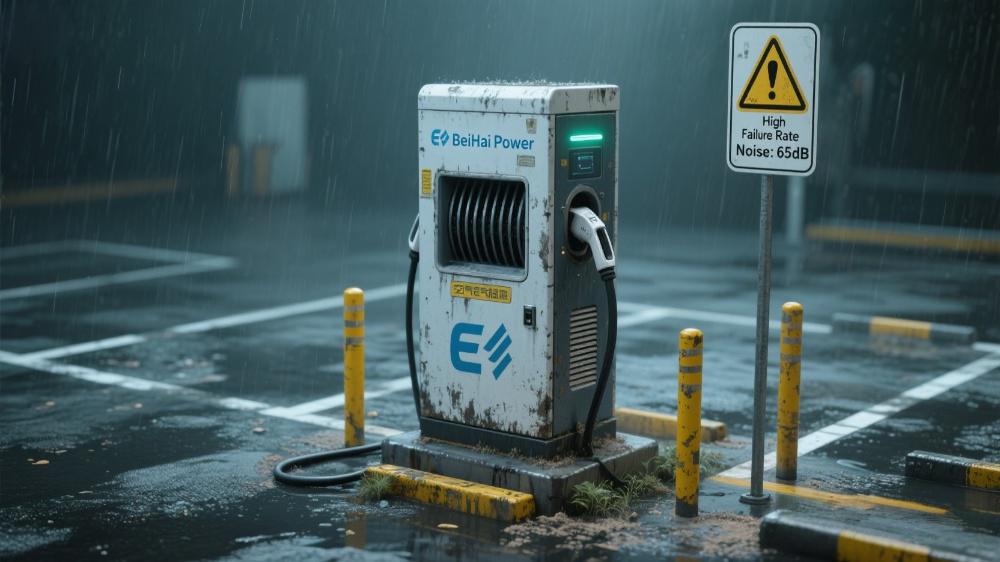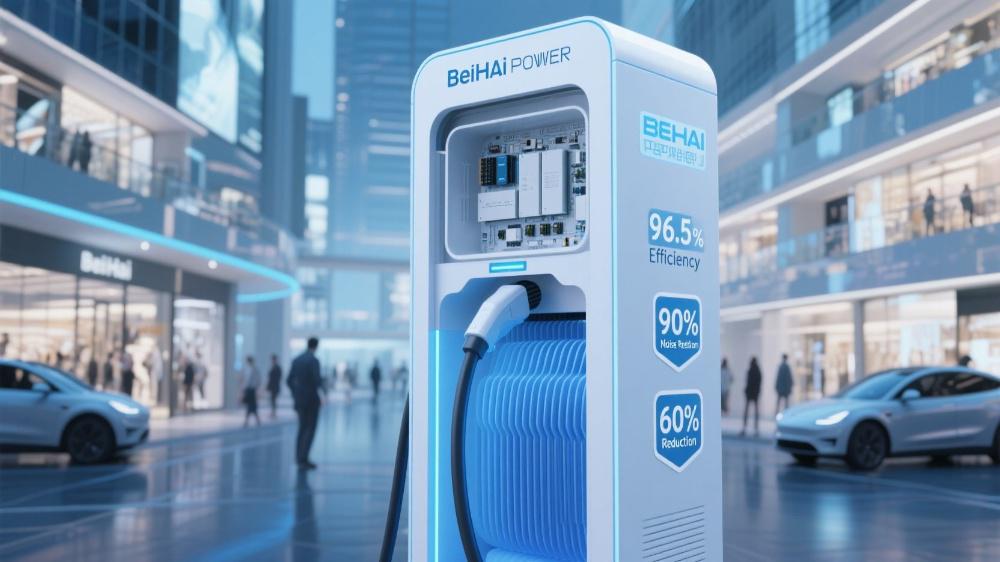After understanding the Standardization and High Power of Charging Modules for EV Charging Piles and Future V2G Developments, let me take you to understand the core prerequisites for charging your car quickly at full power of the charging pile.
Diversified heat dissipation methods
At present, the development direction of charging module technology, divided from its heat dissipation mode, is roughly divided into three categories of products: one is direct ventilation module, the mainstream product type in the market, and all module companies are in production; The first type is independent air duct and glue filling isolation module, The first type is the full liquid cooling heat dissipation charging module.
The three types of charging module products have the characteristics of technical iteration, and due to the principle of economy used, the heat dissipation mode is improved and optimized. For charging pile operators, the failure rate of ev charging piles and noise disturbance are two major problems, among which the failure rate of charging piles directly affects the profitability of the site and the user’s experience. The main reason for the failure of the electric car charger is the failure of the charging module, and the air-cooled module is the most widely used product type at present.

(1) Direct ventilation and cold mode
With a high-speed fan, air is drawn in from the front panel and discharged from the rear of the module, thereby taking away the heat from the radiator and heating device. However, when the charging pile is in an outdoor environment, the air will be mixed with dust, salt spray and water vapor and adsorbed on the surface of the internal components of the module, which will lead to poor system insulation, poor heat dissipation, low charging efficiency, and reduced equipment life. In the rainy season or humidity, dust and water absorption will cause mold, corrode devices, and short circuits leading to module failure. Secondly, the air-cooled heat dissipation mode uses a high-speed fan to exhaust air strongly, coupled with the cooling fan of the ev charging station, which will produce a large noise. Therefore, in order to reduce the failure rate and noise of the charging module, the air-cooled heat dissipation mode needs to be improved and optimized.
(2) Independent air duct heat dissipation and isolation air duct
In order to solve the problems of high failure rate caused by harsh environment during the use of air-cooled modules and relatively poor heat dissipation function under long-term high-heat operation, the electronic components are designed in the closed box above the module by optimizing the air duct design. The radiator is placed on the lower side of the closed box, the radiator and the closed box are surrounded by waterproof and dustproof design, the heating electronic components are concentrated on the inside of the radiator, and the fan only blows air on the outside of the radiator for heat dissipation, so that the electronic components are protected from dust pollution and corrosion. It greatly reduces the product failure rate and improves the reliability and service life of the charging module. This kind of product is between air-cooled and liquid-cooled, as a product with excellent performance and moderate price, it has its rich application scenarios and has considerable market potential.
Since its launch, with its breakthrough technical performance and product presentation, relying on its self-developed EN5 first-level topology technology, it has achieved both high power and high conversion efficiency, with a conversion efficiency of 96.5% leading the industry, which can significantly improve the efficiency of the whole pile. The excellent operating temperature rise effectively avoids the overheating of the module, reduces the power demand of the fan, and reduces the operating noise by more than 60% compared with similar products on the market, which broadens the scope of application of charging pile products and makes it easier to deploy in residential areas, shopping malls, complexes and other scenarios. Industry-leading power density, the module size is smaller while the power is upgraded, and the higher power can be upgraded with fewer modules, effectively saving the use of copper bars in the module power cord and electric car charging station.

(3) Full liquid cold charging technology
Liquid cooling and heat dissipation: Compared with the air-cooled charging module, the heating device inside the liquid-cooled charging module system exchanges heat with the radiator through the coolant, and the noise is lower. At the same time, the liquid-cooled charging module adopts a fully enclosed design, which has no contact with dust, flammable and explosive gases and other impurities, which has higher protection, thereby improving the use efficiency and service life. Normally, the service life of conventional air cooling system is 3~5 years, and the service life of liquid cooling system can be more than 10 years. However, at present, the liquid cooling mode is expensive and is suitable for scenarios with high noise and protection requirements. In the future, with the further development of technology and the further improvement of the quality requirements of high-power dc charging piles for charging modules, liquid cooling mode is expected to gradually replace air cooling heat dissipation.
The industry-leading liquid cooling and heat dissipation technology is used to isolate and shield from external pollution, which can solve the problems of high failure rate and high noise of conventional modules, and effectively improve the protection and reliability of the charging module while realizing super fast charging.
It is worth noting that it is generally believed that the liquid-cooled charging module is the optimal solution for the development of charging module technology in China. However,Other countries such as Europe and America still focus on natural heat dissipation and independent air ducts.
Post time: May-30-2025




